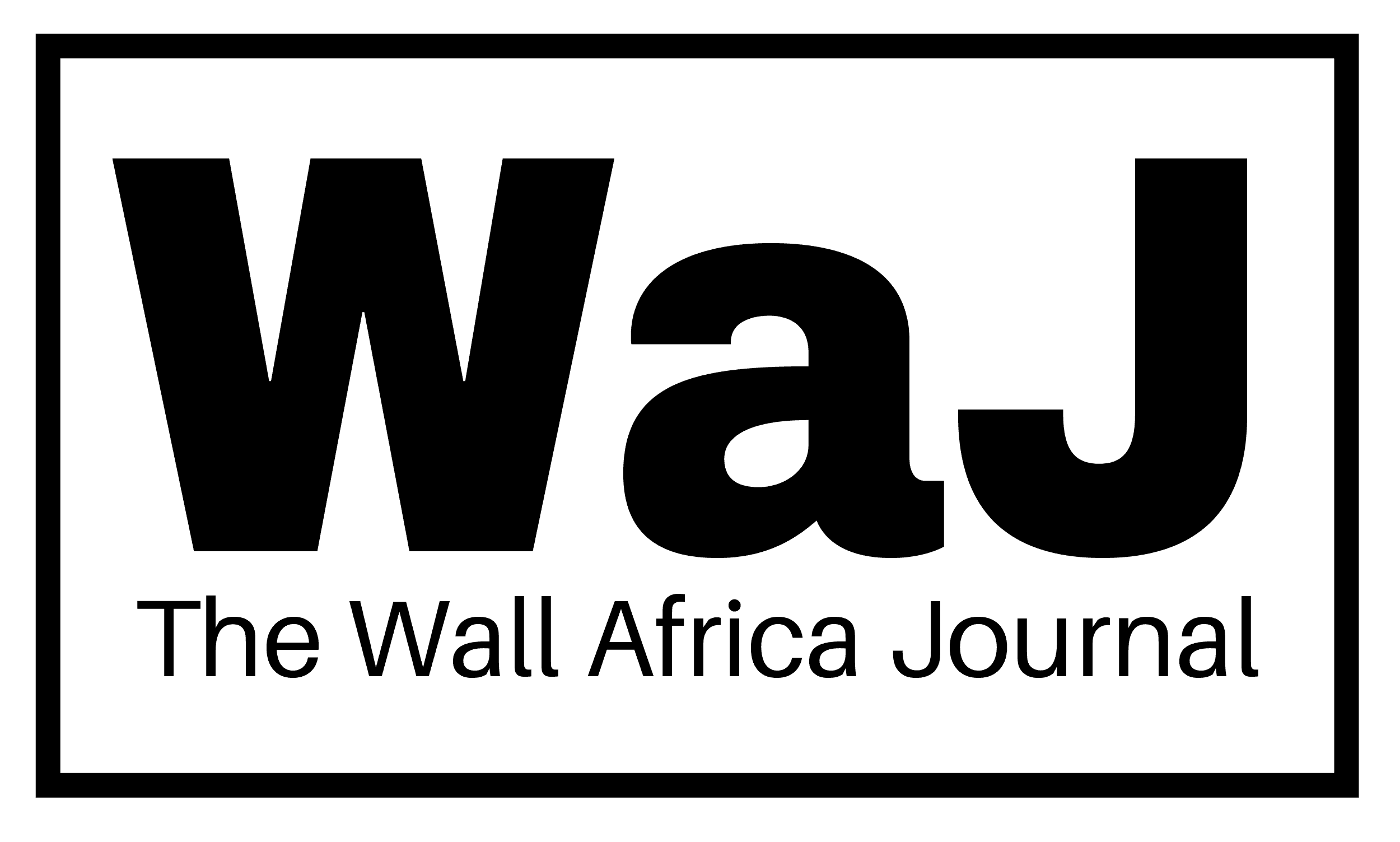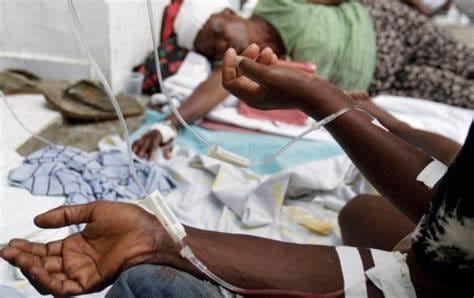The Democratic Republic of Congo has been grappling with a nationwide cholera outbreak since May, with nearly 30,000 infections reported across the country in 2025. Initially concentrated in provinces such as North and South Kivu, Tanganyika, and Tshopo, the epidemic has now extended into parts of Kinshasa, prompting heightened concern from health officials.
Data from the National Institute of Public Health (INSP) indicates that Kinshasa has recorded 136 cholera cases since January, with more than 90 emerging in recent weeks. Around 20 fatalities have been confirmed. Eleven of the city’s twenty-three health zones are currently affected. In response, Doctors Without Borders (MSF) has set up a treatment center in the capital and is preparing to launch a second.
Stéphane Goetghebuer, who heads the MSF Belgium mission in the DRC, noted that the outbreak’s arrival in the capital follows a predictable trajectory. “The spread is originating from other regions of the country. It’s progressing steadily, so it’s not unexpected that Kinshasa is now impacted,” he stated.
Flood-Prone Areas Hit Hardest
The outbreak has hit hardest in Kinshasa’s underprivileged districts, particularly those located in flood-prone zones. “These are the neighborhoods most at risk—areas where rivers have effectively turned into open sewers,” Goetghebuer explained.
Recent weather conditions have worsened the situation. Despite expectations of a dry season, heavy rains have persisted. “The late rains are certainly a contributing factor, but underlying issues of sanitation and poor living conditions are also to blame,” he added.
Cholera is caused by the Vibrio cholerae bacterium and is typically transmitted through contaminated water or food. “Infection occurs when the bacteria reach the mouth or mucous membranes, often via unwashed hands,” Goetghebuer noted.
Efforts are ongoing to contain the outbreak, with a focus on improving sanitation and expanding treatment access in affected areas.



